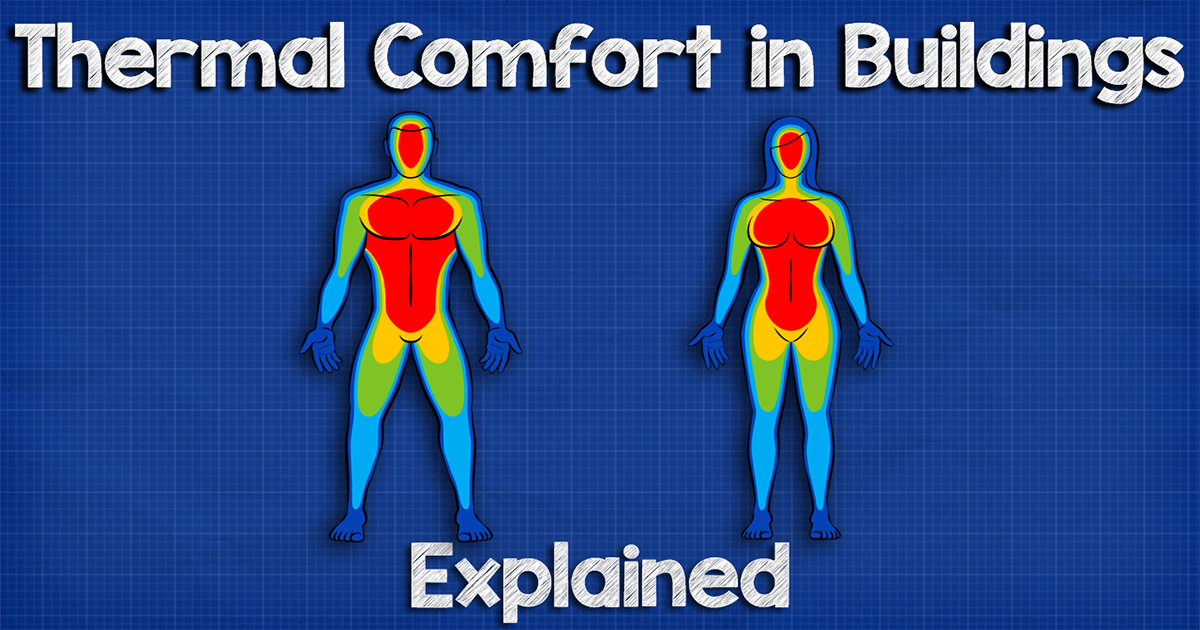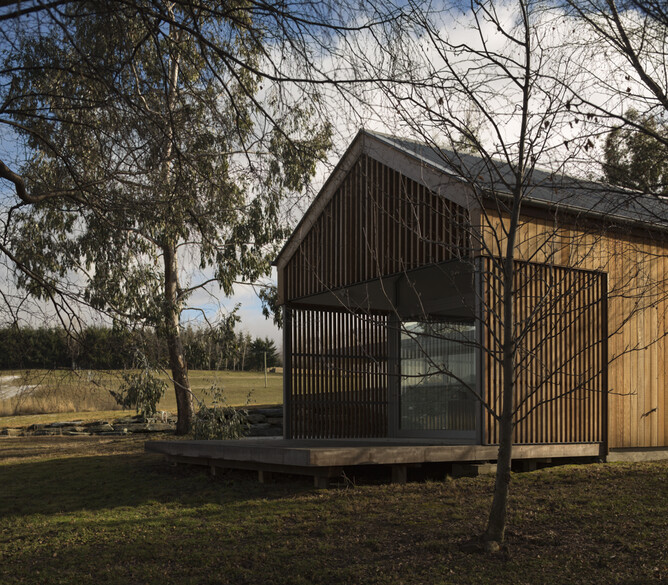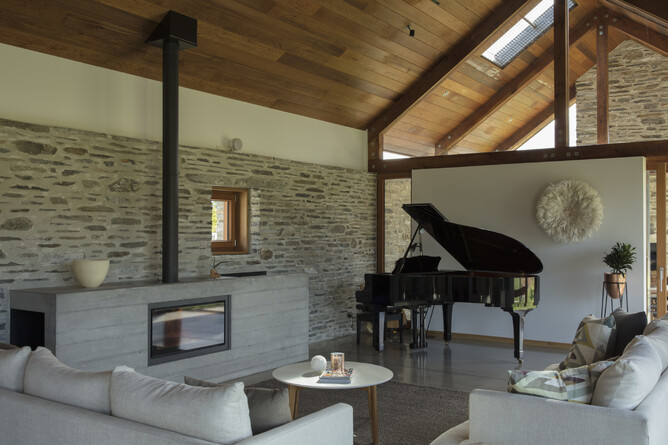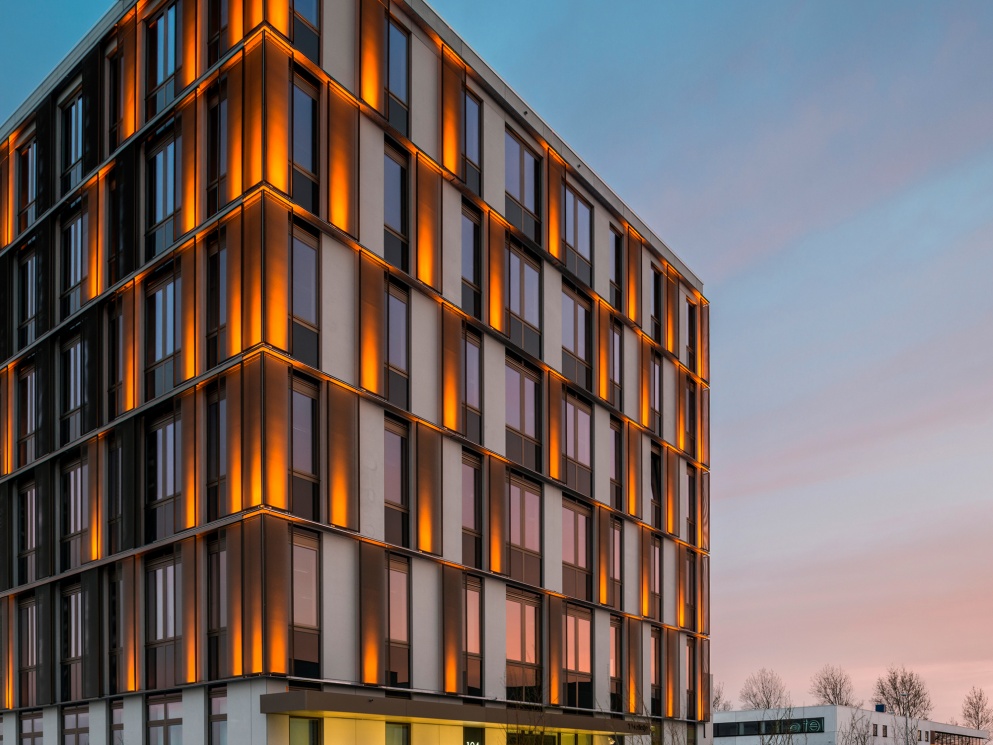What Are The Architectural Elements That Enhance Thermal Comfort In Buildings?

Hey fam, have you ever been in a building and wondered why you feel too cold or too hot? This is a common experience that most people go through. However, did you know that there is a science behind it? This is what we call thermal comfort in buildings.
Thermal comfort refers to the condition of the mind that expresses satisfaction with the thermal environment. It occurs when the heat generated by the human body is in balance with the environment, maintaining the body's core temperature within physiological limits. There are various factors that affect thermal comfort in buildings.
Factors Affecting Thermal Comfort
1. Temperature
The temperature of a building is the most obvious factor that affects thermal comfort. Ideally, the temperature should be around 22°C to 24°C. However, this can vary depending on various factors such as age, gender, activity level, clothing, and body size.
2. Humidity
Humidity refers to the amount of moisture present in the air. High humidity levels can cause discomfort due to the fact that it affects sweat evaporation. Ideally, humidity levels should be between 40% and 60%.
3. Airflow
The movement of air in the building can also affect thermal comfort. If the air is stagnant, it can cause discomfort due to the buildup of heat and moisture. On the other hand, if the airflow is too high, it can cause draughts that create discomfort.
4. Radiant Temperature
Radiant temperature refers to the exchange of heat energy by radiation between objects in a space that are not in direct contact. For example, if the walls or ceiling are too cold, this can cause discomfort even if the air temperature is at a comfortable level.
5. Clothing Insulation
Clothing insulation refers to the ability of clothing to provide insulation from the environment. The thicker the clothing, the higher the insulation value, which means that someone wearing warm clothes will feel different from someone wearing lighter clothing.
6. Metabolic Rate
Metabolic rate refers to the rate at which the human body generates heat through physical activity and digestion. Someone who has a high metabolic rate will feel warmer than someone who has a lower metabolic rate.
7. Outdoor Weather Conditions
The outdoor weather conditions can also affect thermal comfort in buildings. For example, on a hot summer day, the building will feel warmer, and on a cold winter day, the building will feel colder.
How to Achieve Thermal Comfort in Buildings
1. HVAC Systems
One way of achieving thermal comfort is through HVAC (Heating, Ventilation, and Air Conditioning) systems. These systems are designed to regulate the temperature, humidity, and airflow in a building. They can automatically adjust to changes in the outdoor weather conditions in order to maintain thermal comfort.
2. Building Insulation
Building insulation plays a crucial role in maintaining thermal comfort. Insulation reduces the amount of heat transfer between the building and the environment. This means that the building will take longer to warm up or cool down, creating a more stable temperature.
3. Ceiling Fans
Ceiling fans can help to promote airflow in the building. They can also be adjusted to rotate in either direction, depending on the season. In the summer, the fan should rotate counterclockwise to create a cooling effect, while in the winter, the fan should rotate clockwise to circulate warm air around the room.
4. Building Orientation and Design
The orientation and design of the building can also affect thermal comfort. For example, if the building is located in a sunny area, it should have more shading to reduce the amount of heat gain. The design of the windows can also affect thermal comfort, as windows with low-e coatings can reduce heat loss/gain through the windows.
FAQ
Q: What is the optimal temperature for thermal comfort?
A: The optimal temperature is around 22°C to 24°C. However, this can vary depending on various factors such as age, gender, activity level, clothing, and body size.
Q: How does humidity affect thermal comfort?
A: High humidity levels can cause discomfort due to the fact that it affects sweat evaporation. Ideally, humidity levels should be between 40% and 60%.
Q: What is the role of HVAC systems in achieving thermal comfort?
A: HVAC systems can help to regulate the temperature, humidity, and airflow in a building. They can automatically adjust to changes in the outdoor weather conditions in order to maintain thermal comfort.
Thermal comfort is an important factor in ensuring that buildings are habitable and comfortable for human occupancy. By understanding the factors that affect thermal comfort and implementing strategies for maintaining it, we can create an environment that supports the health and well-being of everyone who uses the building.




Post a Comment for "What Are The Architectural Elements That Enhance Thermal Comfort In Buildings?"